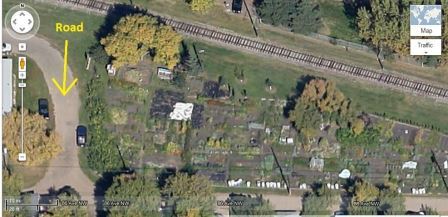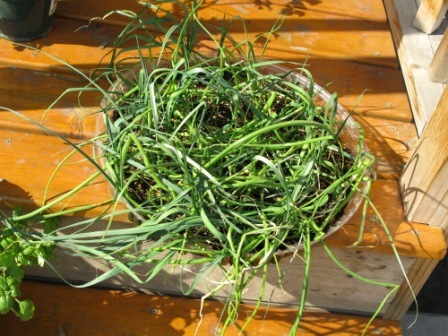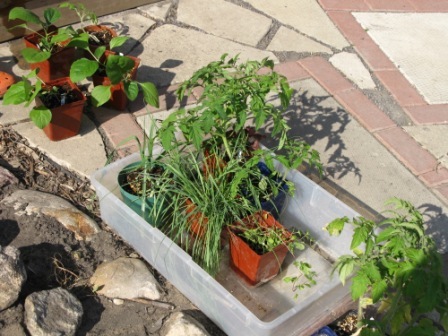
Strathcona Rail Garden, located at 105 Street and 86th Avenue, is a very successful community garden that was established in 2009. 46 families currently grow and harvest fresh produce from the garden, and it acts as a benefit to the entire community as a beautiful green space in which all are welcome.
It is very important that the garden be respectful of its neighbours, and we will continue our efforts to foster good relations with them. However, it is also okay for us to respectfully disagree with them. The garden allocation committee estimates that we could create up to 16 more plots (depending on final design specifications) from the space that the road currently occupies. The creation of the new plots would not only help to alleviate the high demand for gardening space, it would also improve neighbourhood security and ambiance by getting more people outside, and it would create a beautiful space out of a gravel flat-top.









